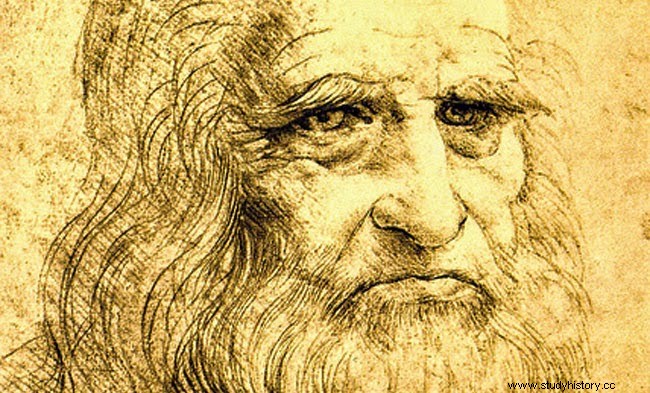Today, in most informal gatherings around a table and dedicated to the art of good eating and the best drinking, napkins end up being used as throwing weapons (in competition with breadcrumbs), as whips, as « head coverings” mason type with four knots or cachirulo type, like improvised tupperware where to hide the leftovers… A simple napkin will show us that although five centuries have given to change the world from top to bottom, but in relation to our behavioral patterns, our character, our way of being… we have barely done it.
The napkin is an invention of a universal genius, Leonardo da Vinci (1452 – 1519). The great Leonardo da Vinci (painter, scientist, engineer, inventor, anatomist, sculptor, architect, urban planner, botanist, musician, poet, philosopher...) was also passionate about gastronomy, although he did not stand out in this field. After the occasional fiasco, he focused on other aspects of good eating: table manners .

At the end of the 15th century, the Florentine ambassador in Milan, Pietro Alemanni , wrote in relation to the use of the napkin:
And on the eve of today he presented his solution to it at the table, which consisted of an individual cloth arranged on the table in front of each individual destined to be stained, instead of the tablecloth. But to the great concern of Master Leonardo, they decided to sit on it. Others threw it at him as if for a game. Others even wrapped in it the food that they hid in his pockets and pouches. And when the meal was over, and the main tablecloth was dirty as on previous occasions, Master Leonardo confided in me his despair that his invention would be able to establish itself.
Well, the napkin is here to stay, but it shows that we haven't changed much.
Source:History of the world without the boring bits – Fernando Garcés Blázquez
